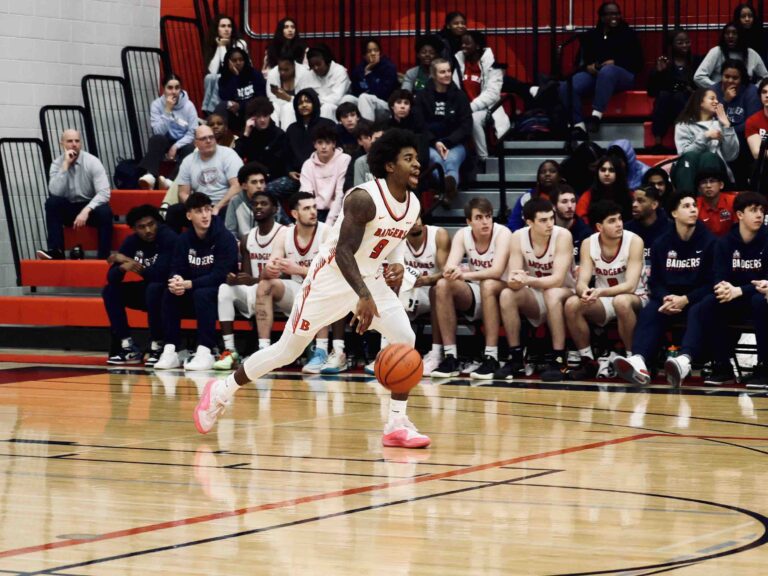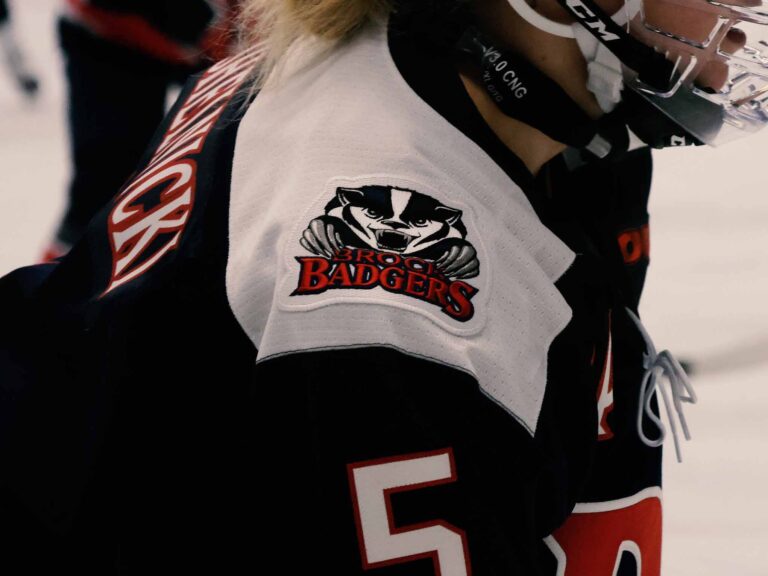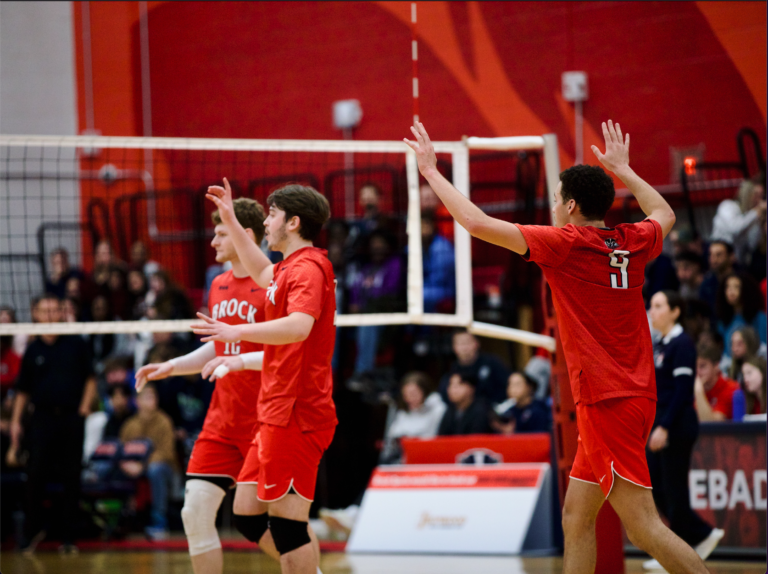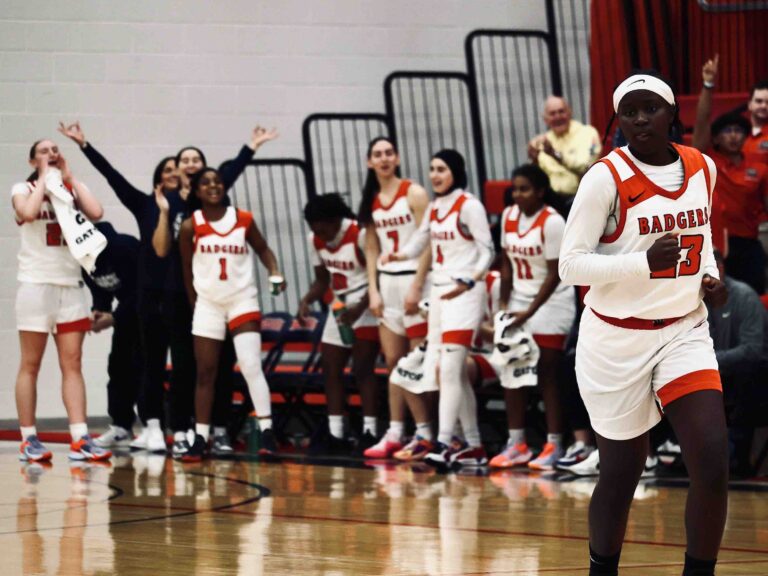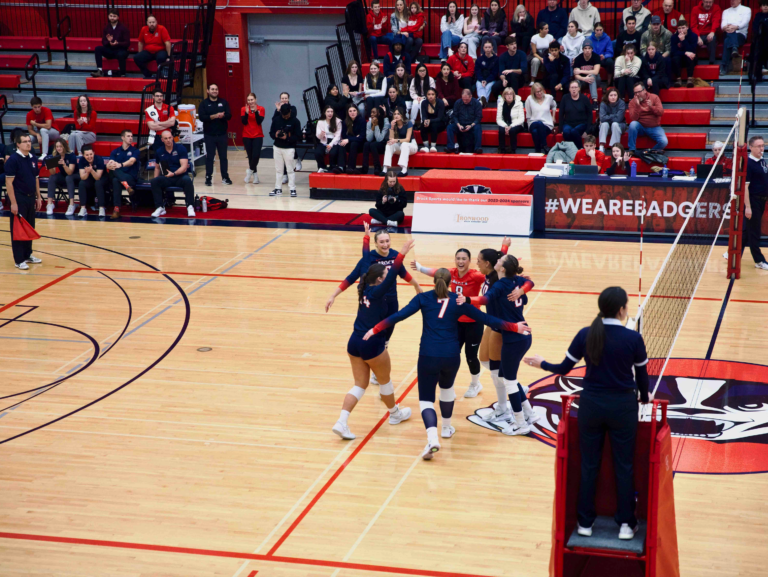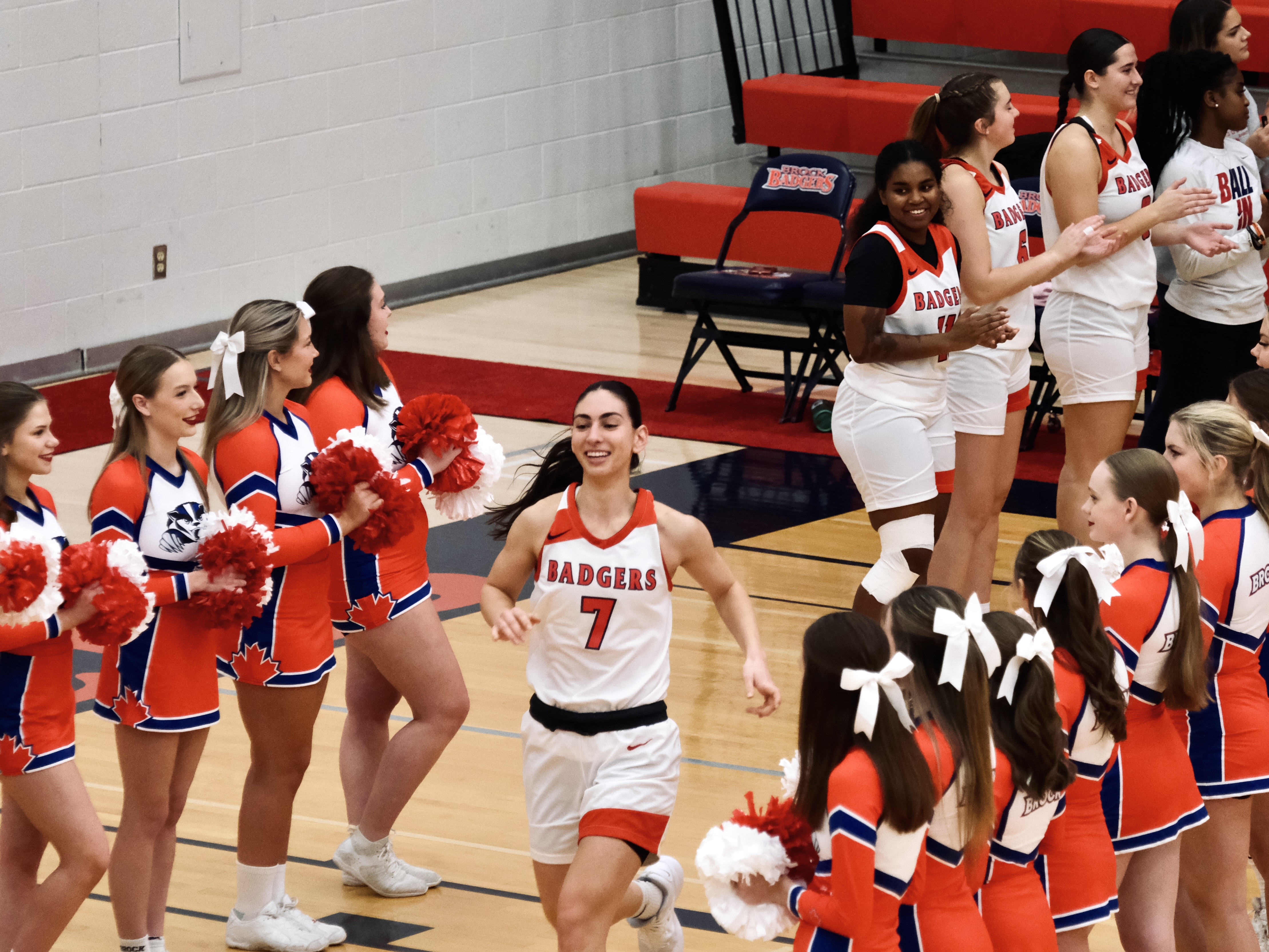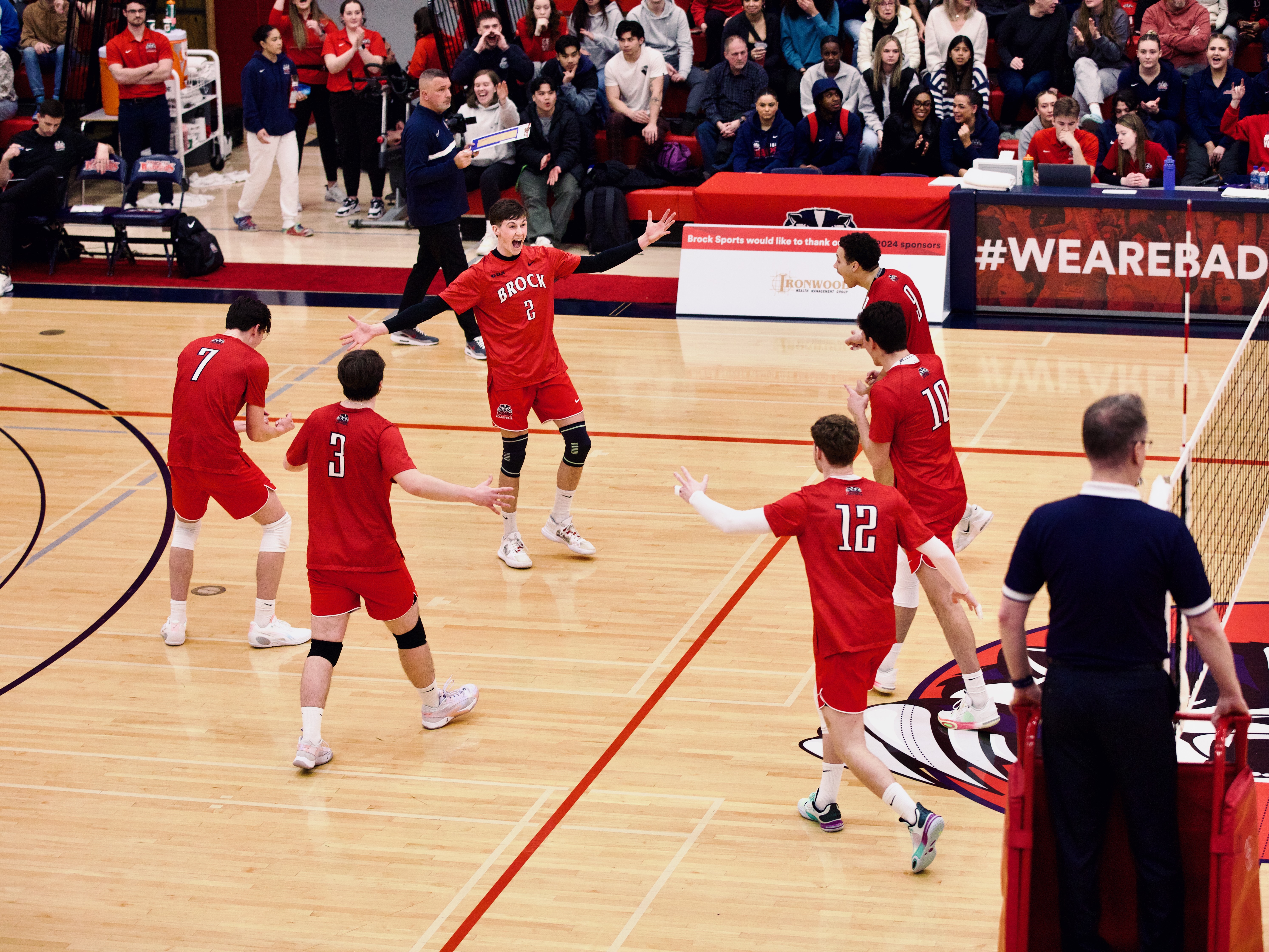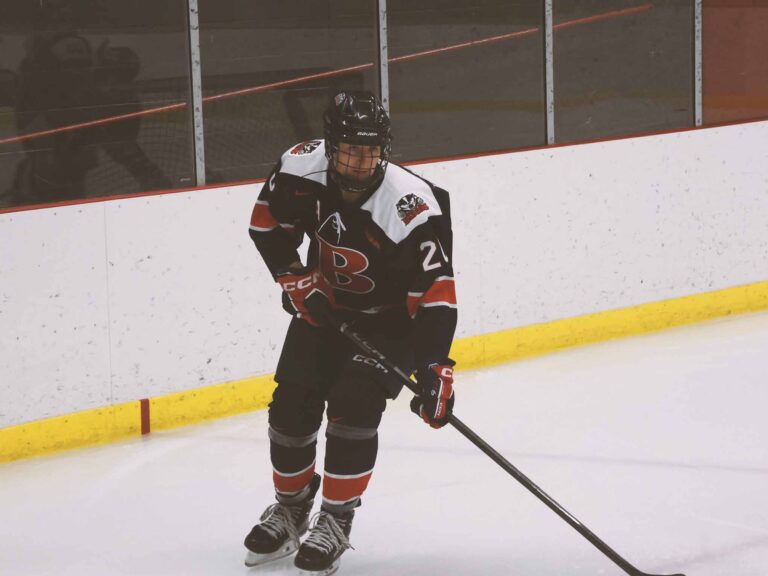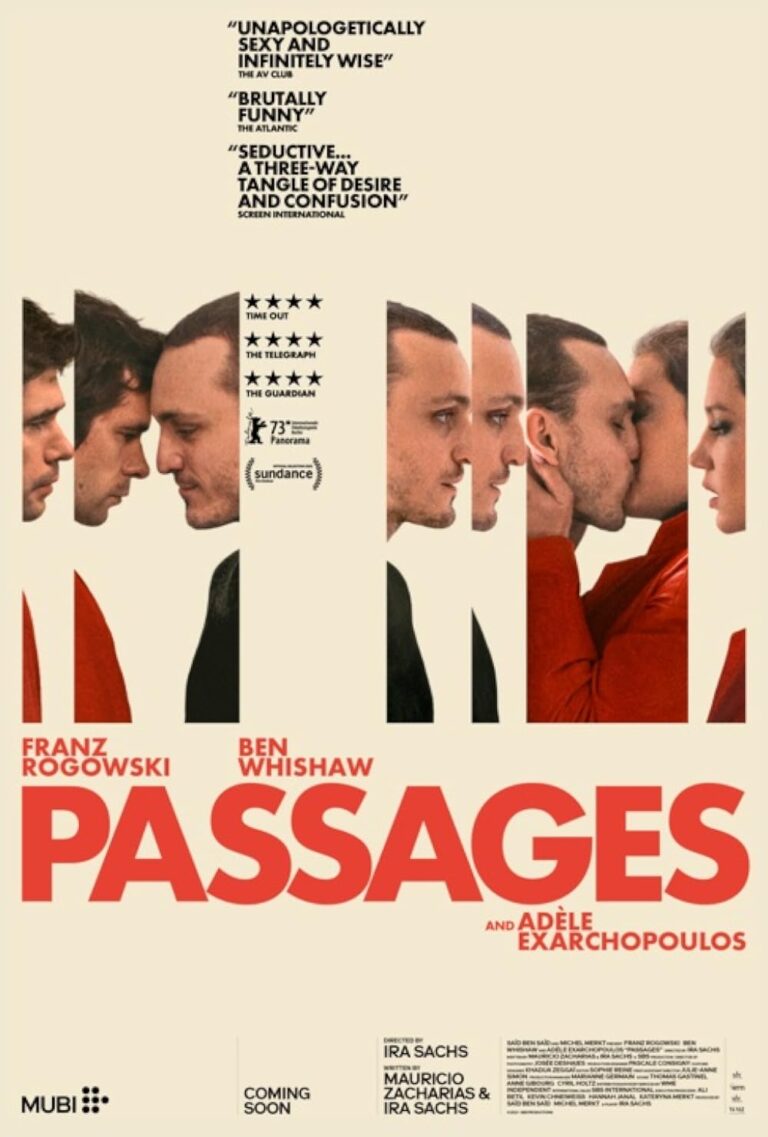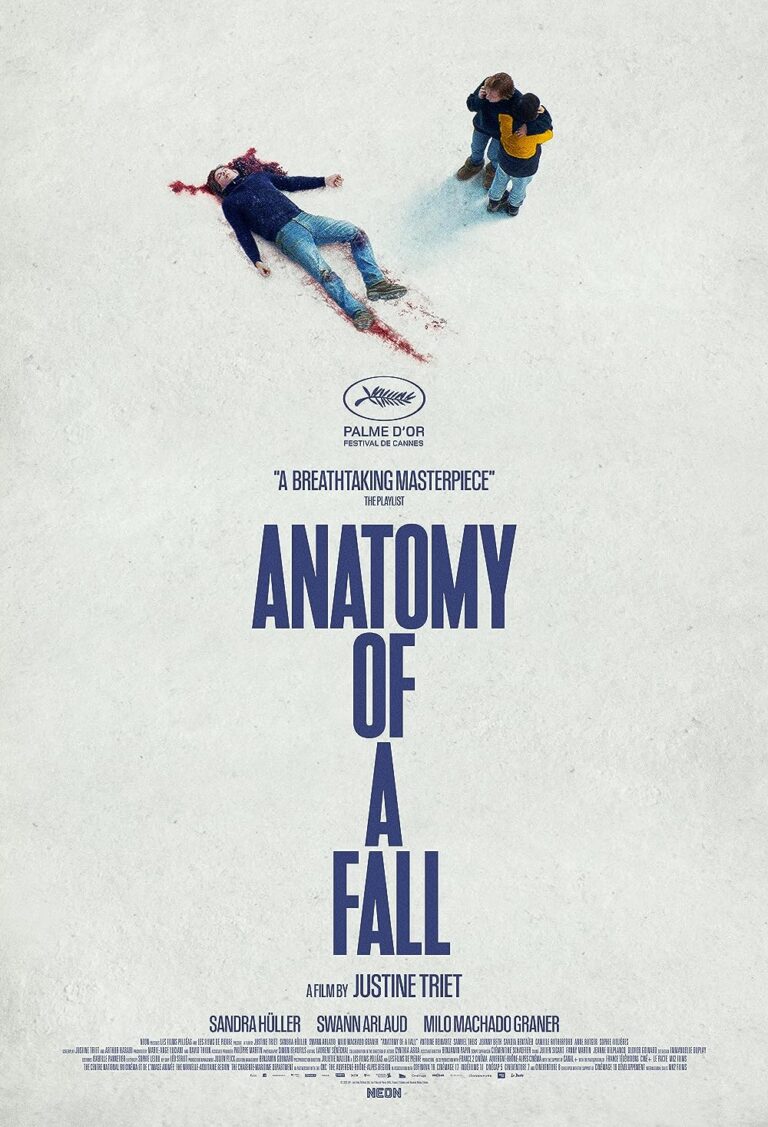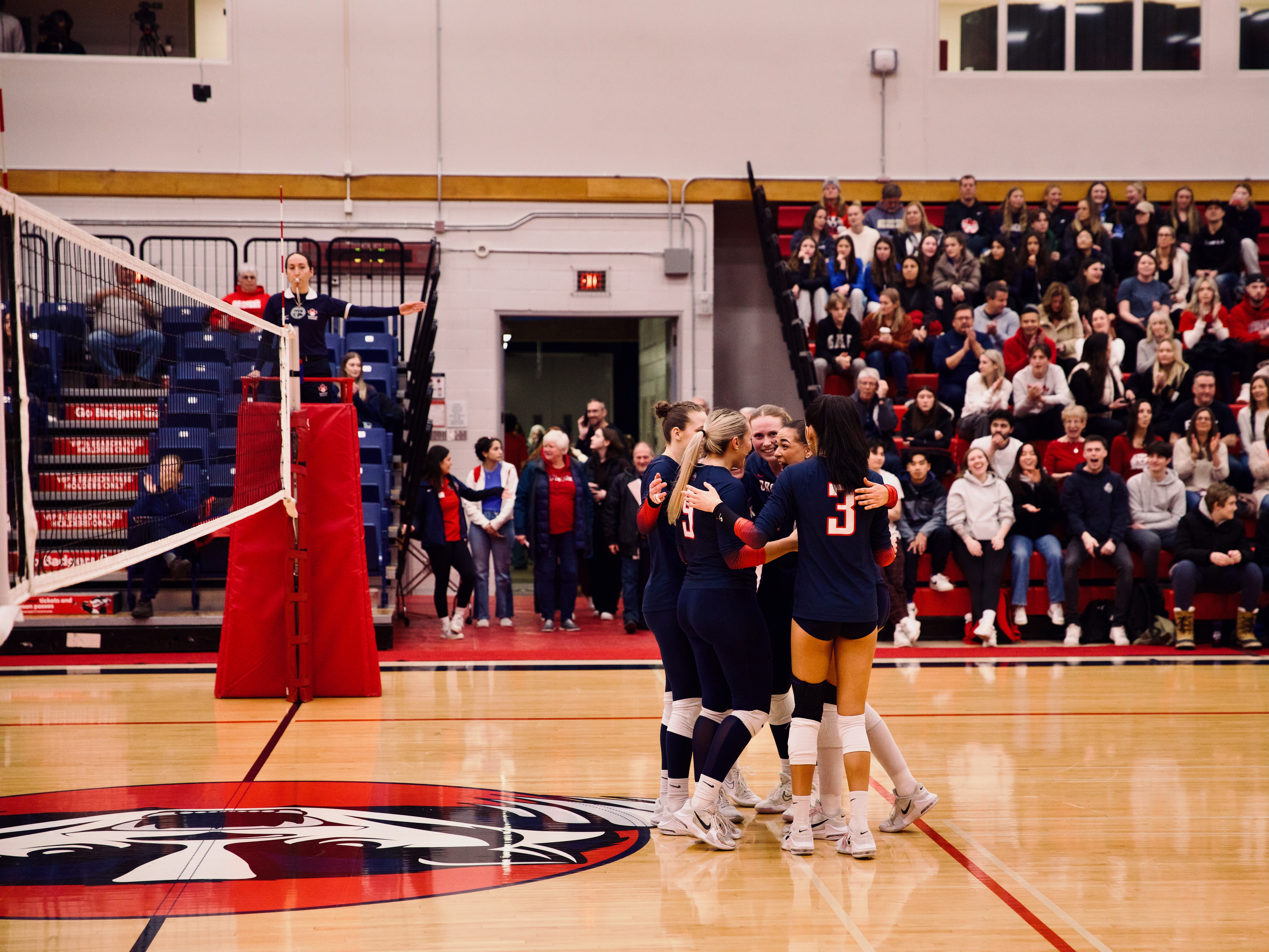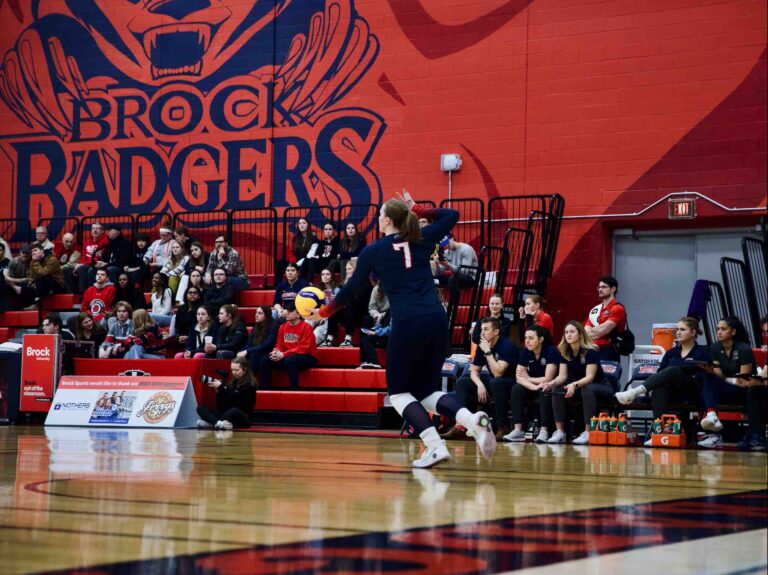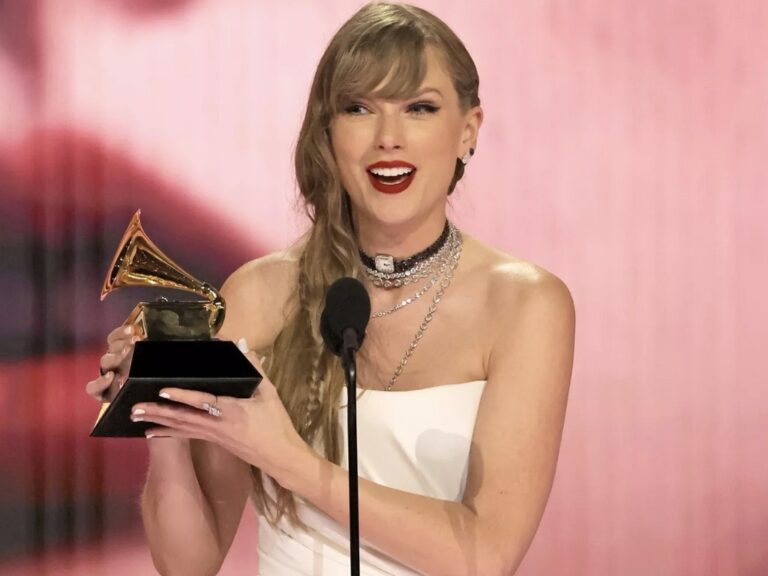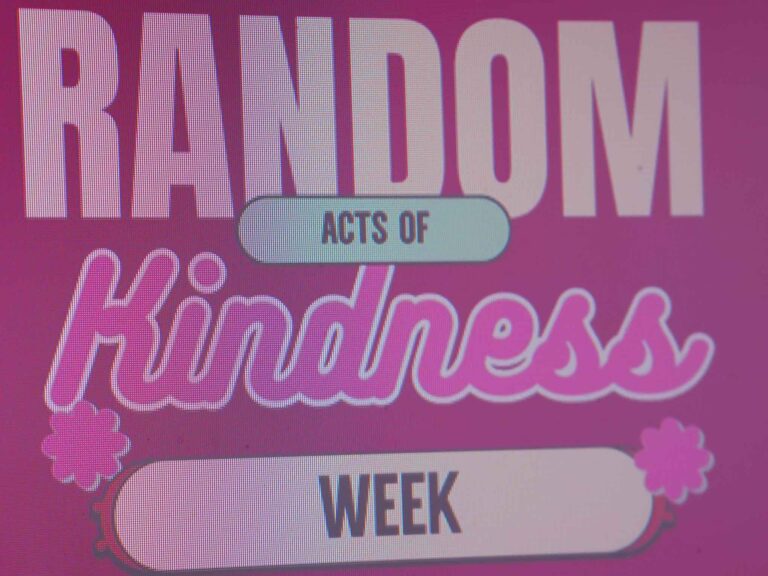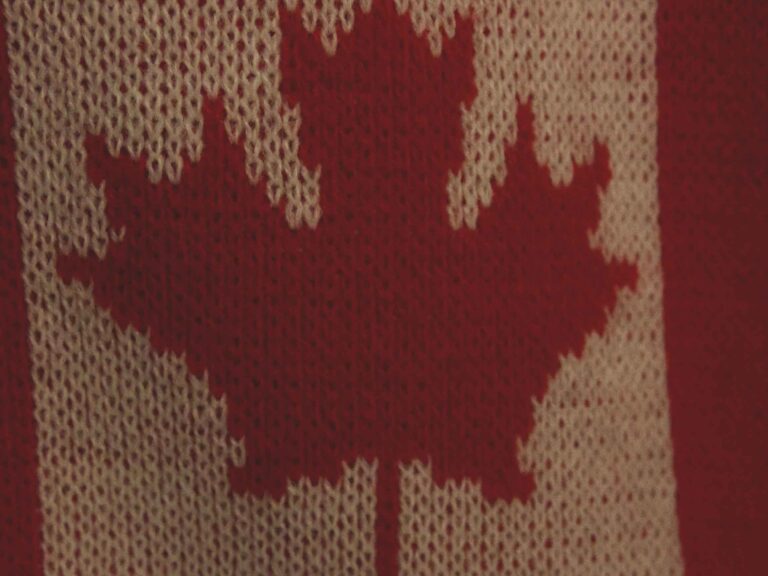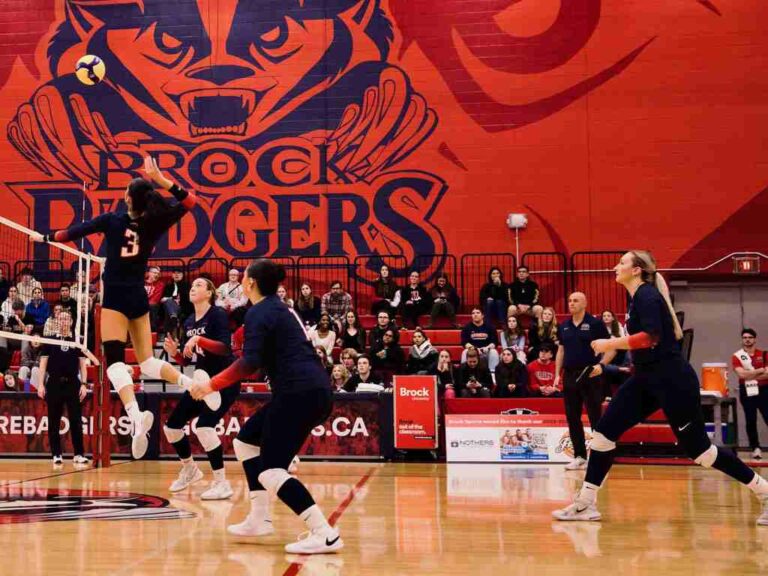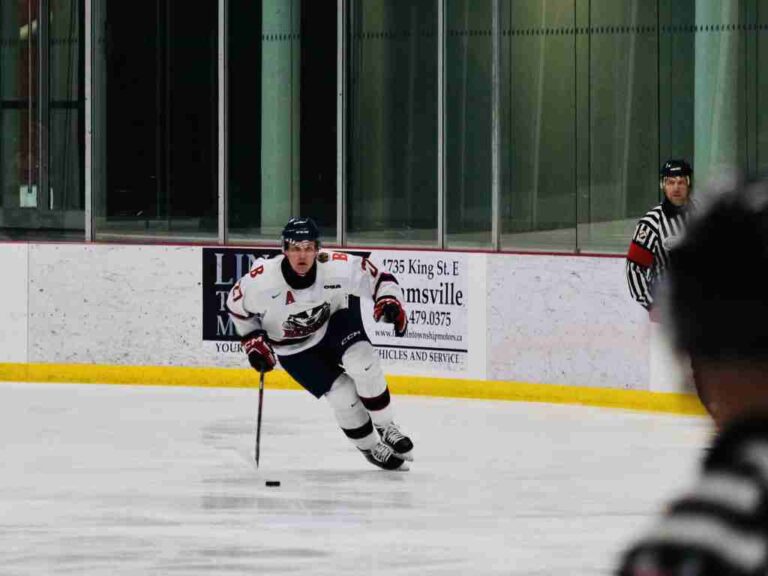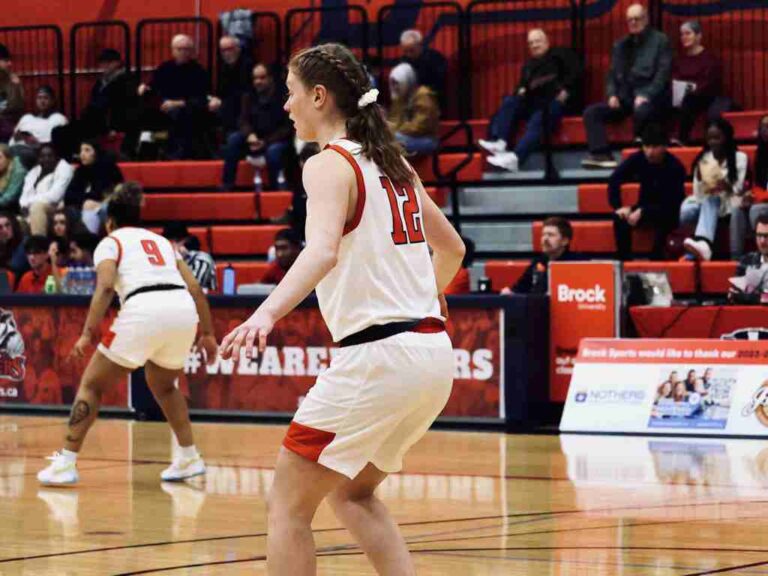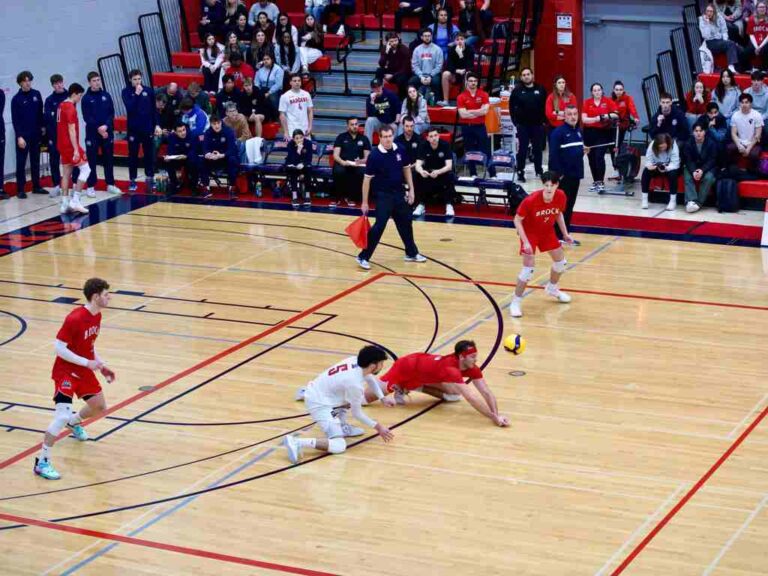If you’re still feeling mid-term stress after the reding-week, BUSU’s Wellness Week has got you covered.
The post-reading week time of the semester rapidly becomes hectic, bringing forth an increased desire to engage in recreational activities to balance out the stress of the semester. Preserving one’s mental health as deadlines quickly approach is essential, and caring for one’s body and spirit should not be undervalued.
In the week of March 4 to 8, students will have the opportunity to partake in BUSU’s Wellness Week, which will host events meant to boost well-being and decrease stress. These events touch on different aspects of wellness, from physical activity sessions to free food on campus and recreational activities.
Monday, March 4 :
- Crochet and Chill
For students looking for a crafty evening accompanied by free snacks, BUSU will host three crochet learning sessions. Hosted by “Shay” from CrochetsbyShay, the sessions will serve as an introductory crochet learning experience, where students will learn to make either a whale, flower or strawberry charm by hand. Those attending will receive free snacks and pop while learning new crochet skills.
The charm design being taught depends on the session that students sign up for. The first session of the evening will run from 5 to 6:30 p.m., and Shay will guide students on making a crochet whale.
The next session will show students how to create a strawberry charm and will run from 6:45 to 7:30 p.m. Last, those attending the final session of the evening will learn to craft a flower from 8:30 to 10 p.m. The Crochet and Chill sessions will take place at Union Station.
Those interested in attending must sign up on the BUSU website and obtain their free ticket to the session they are looking to go to. Also, students are directed to sign up for only one session to accommodate a wide range of students across all sessions.
Tuesday, March 5:
- BUSU Executive Office Hours
From 3 to 4 p.m., students will have a chance to talk to BUSU Executives about questions, concerns or ideas related to their student experience.
In particular, students can talk to the Vice-President, External Affairs (VPEA), Alyssa Hall, regarding student advocacy, government relations and BUSU’s policies. Likewise, if students are looking to ask questions about student services or student advocacy at large, they will be able to table a conversation with Carleigh Charlton, Vice-President, University Affairs (VPUA).
For this event, students can join on a drop-in basis at Isaac’s Lounge. While the event is listed as part of BUSU Wellness Week, it is important to note that the BUSU Executive Office Hours run weekly on Tuesdays at 3 p.m.
- Mindful Folding: Wellness Week Origami
The Wellness Week Origami will take place from 3 to 4 p.m. at the Learning Commons Classroom B (ST230). The session is meant to be an introductory origami learning experience to offer students a break from studies by engaging in a mindful activity.
Although the event is sold out on ExperienceBU, students can still RSVP yes to the event to be added to the waitlist.
- Tuesday Trivia
From 5 to 7 p.m., Tuesday Trivia Night at Isaac’s invites students to enjoy an evening of trivia and prizes. By the end of the night, three prizes are given out to deserving participants: 1st place ($50 Walmart gift card), 2nd place ($30 Uber Eats gift card) and 3rd place ($20 Isaac’s gift card).
To participate, students can directly drop in at Isaac’s with a well-charged electronic device to play trivia with.
Wednesday, March 6:
- Free Grab & Go Breakfast
As part of BUSU’s Food First program to counter food insecurity, a Free Grab & Go Breakfast station will run from 8:30 to 10:30 a.m. at Union Station.
Students passing by will be able to grab a variety of breakfast snacks like granola, fruit and other to-go foods, while supplies last.
- Unwind Wednesday
The Unwind Wednesday event will offer Badgers a variety of video games to play, along with free pizza and pop.
As for console games available, students will get a chance to play: Just Dance, Mario Kart, Street Fighter 6, Mortal Kombat and all 2024 sports games.
Though the event goes from 3 to 10 p.m., pizza and pop will be served after 7 p.m. As an additional perk, the first 50 students to show up at Union Station for the event will receive a BUSU Nike Beanie.
Thursday, March 7:
- Hot Breakfast
Running from 7:30 to 10:30 a.m. at Union Station, BUSU will run free breakfast for students, offering various kinds of hot and cold food options.
The food options served include eggs, hashbrowns, fruit, turkey sausage, pancakes, coffee and more.
- Sip & Scent: Mindful Studying with Coffee and Essential Oils
The Sip & Scent session will educate students on the benefits of essential oil and coffee aromatherapy for focus and study purposes. The event, hosted by Teaching and Learning librarians Vanja and Justine will take place from 9:30 to 10:30 a.m. at the Learning Commons Classroom B (ST230).
Those looking to attend must RSVP on ExperienceBU.
- Wellness Week Library Yoga with Justine
This beginner-friendly yoga session, hosted by instructor Justine Cotton, will promote relaxation and mindfulness through physical activity and breathing exercises.
The yoga session will occur from 12 to 1 p.m., and yoga mats will be provided for students to participate.
To secure a spot in the yoga session, students must RSVP through ExperienceBU.
- Music Bingo
To close a week filled with mindfulness events, BUSU will organize a Music Bingo night at Union Station from 8 to 9:30 p.m.
Not only will those attending be able to enjoy free pizza, but students will also have a chance to win over $500 worth of prizes.
Some of the prizes to be won include JBL headphones, a Landmark Cinemas gift card, a Polaroid Camera Pack, a phone charger and keyboard, and an ultimate dining gift card.
To participate, students must secure their free tickets on the BUSU website to be able to join the bingo.
…
With the importance of mental health, wellness, and rest at a time filled with stress, students will have the opportunity to access different activities and food options to ease their minds and relax throughout BUSU’s Wellness Week.



